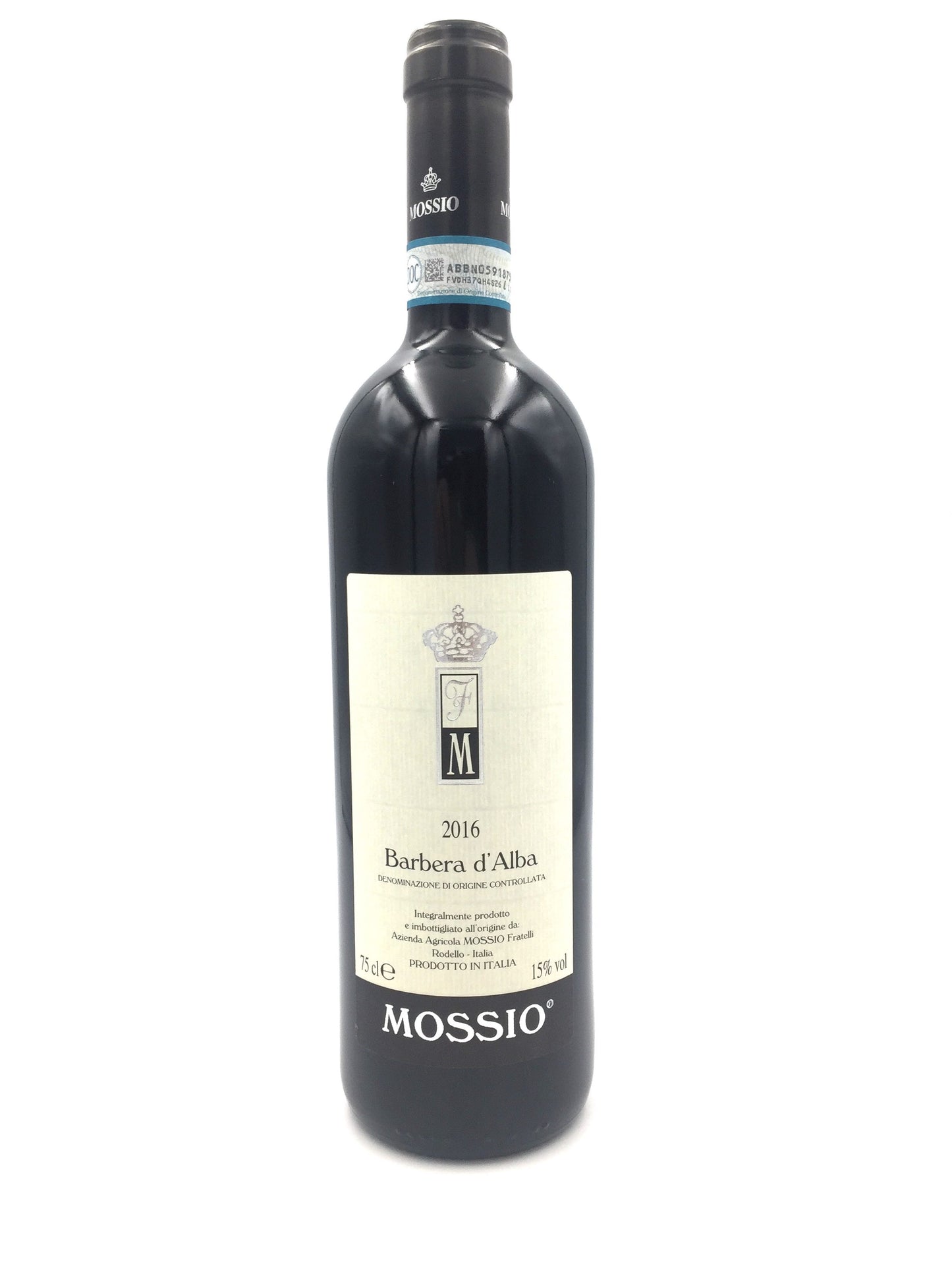2016 Mossio Barbera D'Alba 0,75 lt
The 2016 Mossio Barbera d'Alba is a refined red wine from the Mossio estate in Alba, presented in a 0.75 L bottle. This vintage showcases a bright ruby color and expressive aromas of fresh red cherry, wild strawberry, and violet, complemented by soft spices and earthy notes. On the palate, it is medium-bodied with lively juiciness, fresh acidity, and smooth tannins. The finish is clean and persistent, highlighting red fruit and subtle mineral complexity. This graceful Barbera pairs well with roasted vegetables, simple pasta dishes, or soft cheeses.
The 2016 Mossio Barbera d'Alba is a refined red wine from the Mossio estate in Alba, presented in a 0.75 L bottle. This vintage showcases a bright ruby color and expressive aromas of fresh red cherry, wild strawberry, and violet, complemented by soft spices and earthy notes. On the palate, it is medium-bodied with lively juiciness, fresh acidity, and smooth tannins. The finish is clean and persistent, highlighting red fruit and subtle mineral complexity. This graceful Barbera pairs well with roasted vegetables, simple pasta dishes, or soft cheeses.

